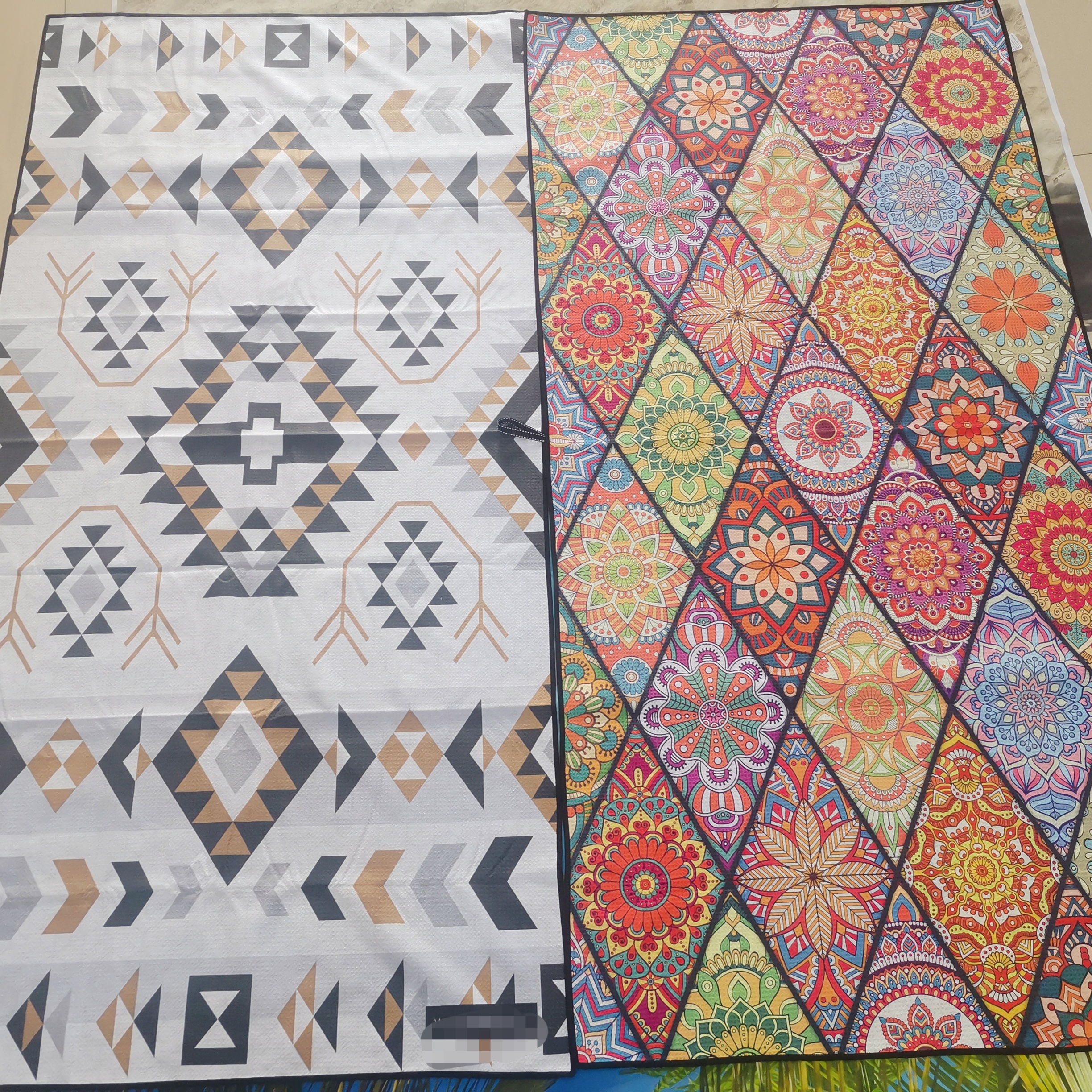**Scientific Name:** *Cercis chinensis* Bge.
**Common Name:** Chinese Redbud
**Family & Genus:** Fabaceae (Legume Family), *Cercis* genus
**Growth Form:**
A deciduous shrub or small tree, typically reaching heights of up to 10 meters in the wild, but often remaining shrub-like when cultivated, growing 2–4 meters tall. The branchlets are smooth and dark gray-brown, while older branches develop rough, longitudinal cracks.
**Leaves:**
Large, alternate leaves that are nearly round in shape, with an acute tip and a heart-shaped base. They are hairless on both sides, featuring five prominent palmate veins. The leaves appear after the flowers, which bloom on branches over two years old, forming clusters or short racemes. The flowers are purple-red with a butterfly-like corolla.
**Flowers & Fruits:**
Blooming in early spring (April), the flowers are followed by flat, pod-like fruits that mature in October, containing 2–10 seeds.
**Origin & Distribution:**
Native to mountainous regions of central and southern China, this species is now widely cultivated across the country, excluding the southwest and northeast. It can be found in Shaanxi, Gansu, Sichuan, Tibet, Fujian, Jiangxi, Guangdong, and Guangxi.
**Ecological Requirements:**
Bauhinia thrives in full sun and warm, humid environments. It is also relatively cold- and drought-tolerant, making it suitable for cultivation in northern China, where it can survive winter conditions without protection. It prefers deep, fertile, well-drained soils and is resistant to waterlogging. The plant is strong and responds well to pruning.
**Propagation Methods:**
Mainly propagated through seed sowing and cuttings. While layering and grafting are also possible, these methods are less commonly used due to slow rooting and long establishment periods.
**Cultivation & Care:**
Bauhinia is typically planted before spring bud break or after autumn leaf fall. Choose a sunny, well-drained location, and prepare the planting hole with compost as a base fertilizer. The root system is tough but not very extensive, with many long roots. When transplanting, care must be taken to protect the roots, using a sharp spade to minimize root damage and preserve the soil ball.
After planting, ensure regular watering in spring, especially for newly planted specimens. Once established, watering can be reduced to 2–3 times between May and July, while avoiding waterlogging. Drainage should be ensured during rainy seasons.
Pruning is minimal; allow the plant to grow naturally. If necessary, remove some old branches to improve air circulation, cutting from the base rather than removing new growth. Prune before spring sprouting to remove dead or weak branches, and after flowering, trim older branches to encourage flower bud development.
**Landscape Use:**
Chinese Redbud is one of the most popular ornamental trees in gardens, known for its early spring blooms that cover the tree in vibrant red flowers. It is ideal for planting in front of buildings, mixed with evergreens or yellow-flowered plants, creating a visually striking display. Varieties such as *Cercis chinensis* var. *alba* (white-flowered) add further diversity, with white and red blossoms appearing side by side, making it a favorite in garden design.
**Medicinal Uses:**
The root and bark of Bauhinia have medicinal properties, used to promote blood circulation, reduce swelling, relieve pain, and detoxify the body.
**Precautions:**
The seeds are toxic, and crushed seeds can be used as a natural pest repellent. Handle with care.
100% Cotton Beach Towel, printing beach towel, round Cotton Beach Towel supplier with factory directly cheap price.
We are good reputation supplier for 20 years. We have OEKO TES, SGS, GRS, BSCI certificate.
Sample support customized logo and design. Welcome to disucss more details with us.


100% Cotton Beach Towel,Printing Beach Towel,Round Cotton Beach Towel,Cotton Beach Towel
Suzhou Golden Gamrnet MFG Co.,Ltd , https://www.svchangerobe.com